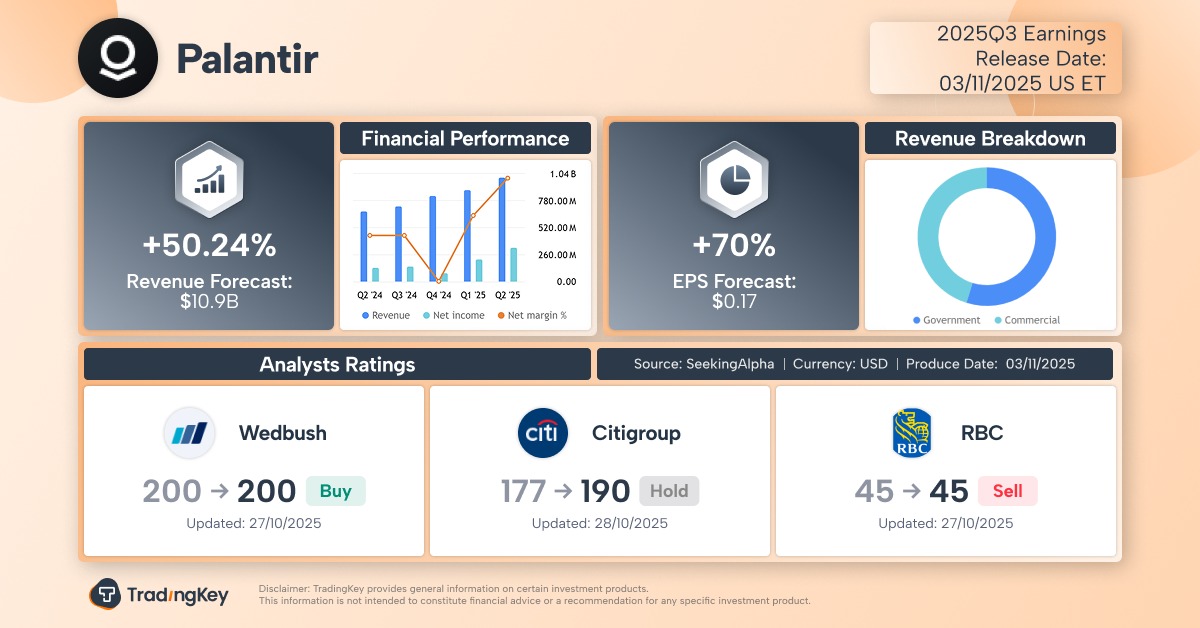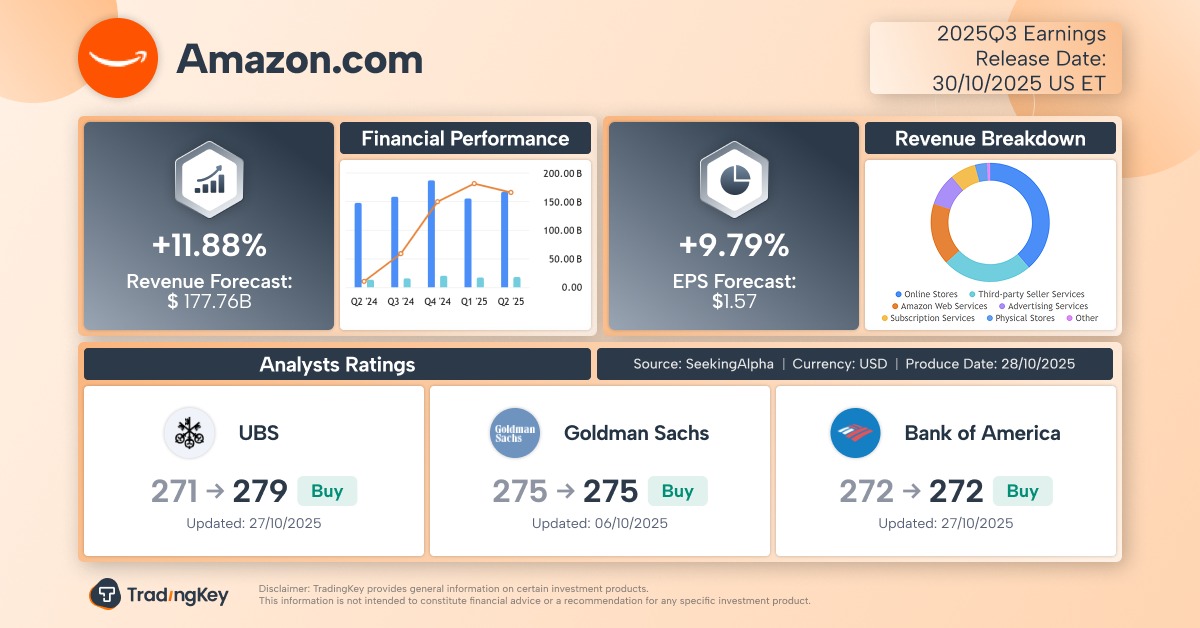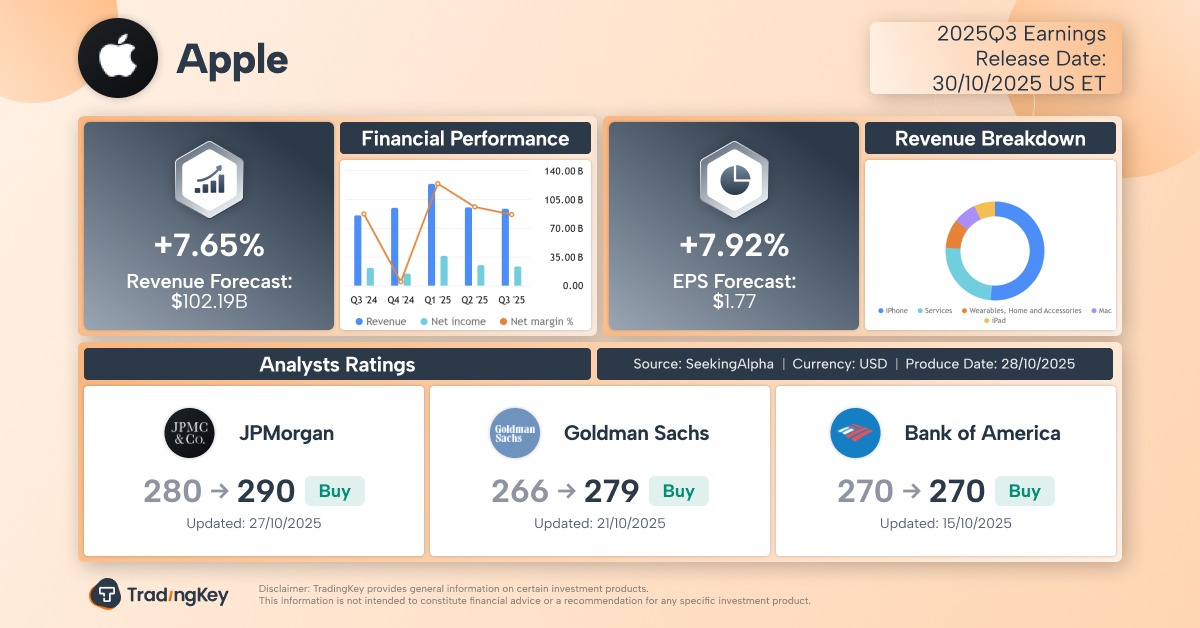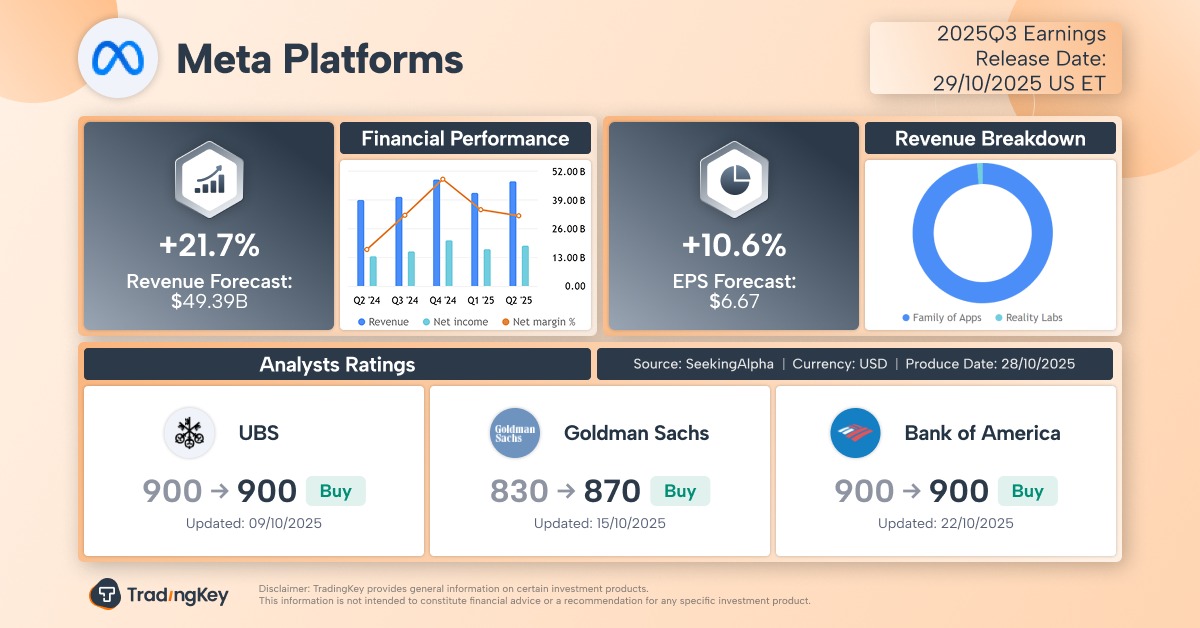Tariff Deadline Follows Tax Bill — U.S. Stocks Face Next Test: Bilateral Tariffs Could Reach 70% as the US-China Truce Looks Fragile

TradingKey - In the week of July 4, when Trump’s massive tax cut and spending bill cleared both the Senate and House votes, the S&P 500 hit record highs three times. However, as the July 9 deadline for reciprocal tariff suspensions approaches, investor sentiment has cooled — with major U.S. equity futures down more than 0.50%.
On Thursday, July 4, U.S. markets were closed for Independence Day, but futures trading continued. At the time of writing, S&P 500 futures were down 0.60%, Dow Jones futures fell 0.60%, and Nasdaq 100 futures declined 0.54%.

U.S. Equity Index Futures, Source: Investing.com
Although Trump’s controversial tax and spending bill — which raised the debt ceiling by $5 trillion and averted a potential “X-date” default — was eventually passed, concerns over the return of tariffs have made investors cautious.
President Donald Trump announced that the U.S. would begin sending letters to trade partners on Friday (July 4), setting new unilateral tariff rates — effective from August 1.
Trump indicated that these tariffs could range from 10–20%, but in some cases reach as high as 60% or even 70% — potentially exceeding the 50% rate initially proposed in early April, known as the “Liberation Day” tariff announcement.
So far, the U.S. has only finalized trade agreements with the UK and Vietnam, while negotiations with the EU, Japan, and others remain deeply divided.
Notably, the newly agreed 20% tariff on Vietnamese goods and 40% tariff on third-party goods transshipped through Vietnam still came as a surprise — surpassing market expectations.
Citi analysts warned that this will increase cost pressure on Vietnamese exporters, and the transshipment tariff may also impact other supply chain-linked economies like Thailand and Malaysia.
Targeting China Through Vietnam
According to The Wall Street Journal, the U.S.-Vietnam tariff deal is also aimed at China — tightening restrictions on any backdoor entry of Chinese goods into the U.S. via Vietnam.
This highlights the fragile nature of the recent U.S.-China trade ceasefire, and reaffirms that China remains at the center of U.S. trade policy.







